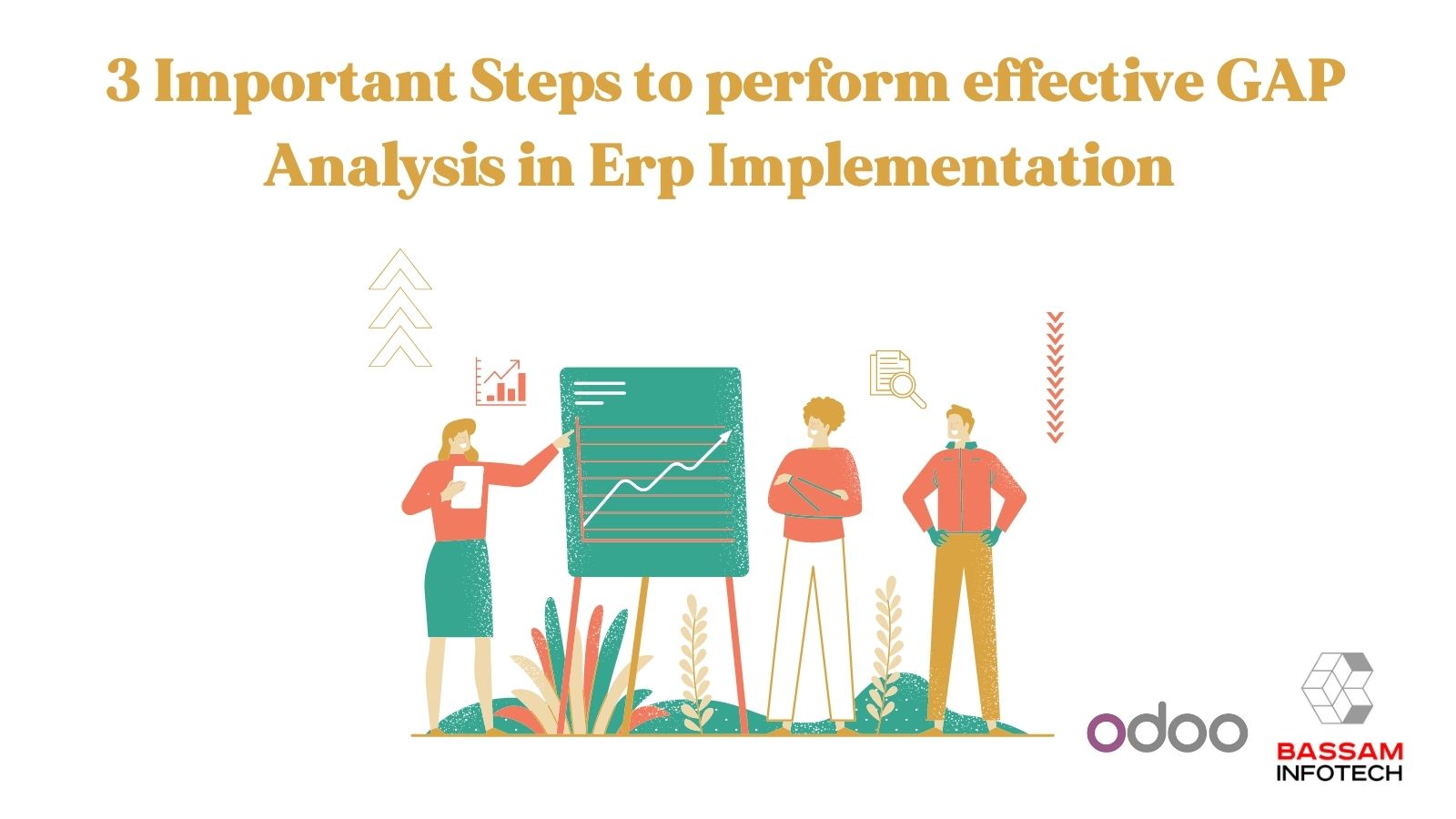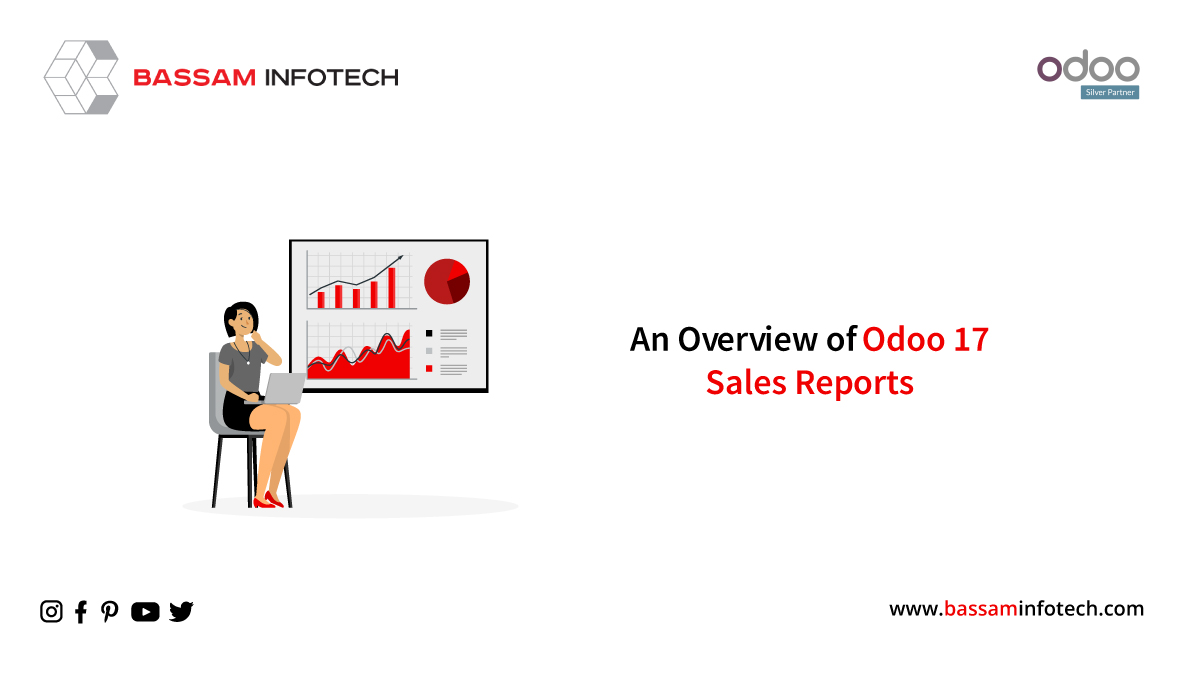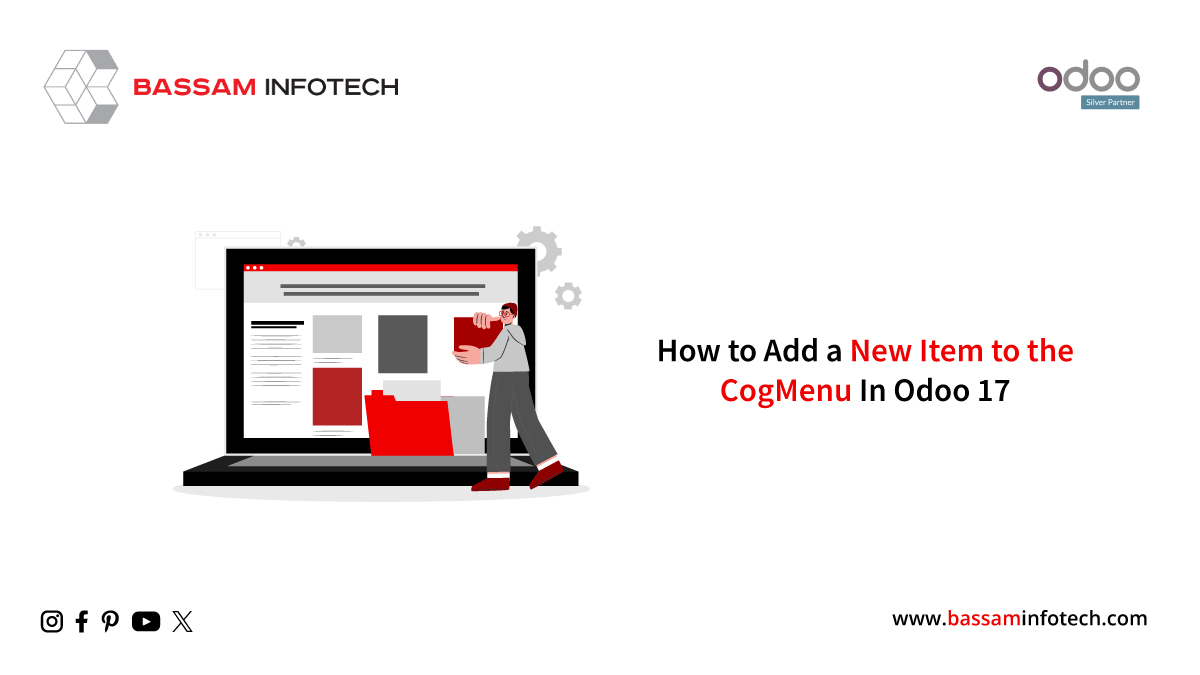Importance of GAP Analysis in ERP Implementation | Steps to be followed to perform effective GAP Analysis

In Today’s competitive world, all organizations need to optimize their operations to improve their efficiency and maximize business productivity. Implementing an ERP system is an essential step for the growth of any organization. Keeping data across various spreadsheets and files become tedious when the organization grows. Also, since manual systems result in a lot of inaccuracies and increased time consumption, organizations are intending to implement a software system solution, and there comes ERP software. An ERP system can streamline and automate the entire process of an organization or business, and complete visibility into the core business can be achieved.
When you are planning for an ERP Implementation, GAP Analysis is a must, a key process to be followed, and an indispensable part of the whole implementation process. It helps to inspect the ERP software that you are planning to use, which results in identifying the best suitable ERP software tool that is aligned with your business process.
In short, the GAP Analysis is the comparison between the existing system or processes and the planned or expected system. Mapping the current system or the expectations with the features of the ERP system that is planned to be implemented is a must in order to avoid ERP Implementation failures.
Steps to be followed to perform effective GAP Analysis
1. Analyzing the Current Workflow
Before starting the implementation or selection of a new system, reviewing the current workflow is a must. This is indeed required on a deeper level.
The entire business processes that are happening in an organization, more precisely, how the business process is happening within and between the departments, how the approval hierarchies are working and identifying the pain areas are very crucial while planning for an ERP Implementation.
In short, the current state of the system should be thoroughly studied and reviewed before stepping into a new system
2. Defining Top Business Objectives
Once the information regarding the present state of the organization is defined, the next step is to define the business objectives. These can be related to economic objectives, human objectives, social objectives, or organic objectives.
In short, the aim should give an insight into the organization’s expectation or plan that need to be achieved in the long run.
3. Planning the next steps
Here, the optimization of business processes takes place, and the determination of missing elements and the action plan. Organizations need to analyze various ERPs and conclude which one is most suitable for them. Management should dedicate ample time to determine the most suitable ERP and then the vendor or provider. Also, the management should be confident that the ERP provider is aware of Steps 1 & 2 before stepping into the investment.
Important GAPs that need to be addressed
The three steps mentioned above will identify the pain areas in which all aspects of the new ERP System need improvements, in order to streamline the entire business process.
With a large organization with various departments, this can be a tedious process. Hence, the most common GAPs are outlined below: –
1. Missing Functions or Key Features
Even if the organization is conducting a detailed requirement-gathering session, there can be some missing functions. These can be an entirely new feature that you failed to identify in the beginning or can be a feature that is associated with the existing function.
Keeping this in mind, a thorough analysis of the functionalities is essential, and the provision of the Change Request or Addition of Features policy needs to be well-defined with the ERP Provider before you start the implementation process itself.
2. Level of Flexibility
Understanding the flexibility of the new ERP system is very crucial. If the new ERP system is not agile enough to keep pace with the changes or the operational restructuring, that will be a reason for the ERP implementation failure.
Hence it is essential to make sure that the new ERP system that you have chosen is not very rigid and will not allow any workflow changes or adjustments in the future, in case required.
Hence the Level of Flexibility of the ERP system is a key factor that you should keep in mind while selecting the ERP system for your organization.
3. Level of Preventive Maintenance
It is important to include the preventive maintenance plan as part of the ERP implementation, and need to make sure that your vendor has included this as part of the implementation plan. This plays an important role in minimizing unwanted expenses and preventing any sort of data breach. The prior inclusion of a proper maintenance plan helps to eliminate the disruption of the scheduled work as well.
Besides the above points, considering the integrations which are necessary to ensure the seamless data flow among various systems is much essential to be considered as it is very much important to streamline and simplify the workflows.
In short, the proper GAP analysis in ERP implementation is essential to identify and proposes the methods to build a bridge between ‘How it is’ and ‘How it needs to be.
GAP Analysis proposes the changes or updates required to fulfill an organization’s requirement. And it is essential to maximize the overall ERP business benefits. If the GAP analysis is not carried out effectively, even the best ERP will not deliver the entire benefits to the customer. Even though the GAP analysis takes time and effort. It is better to follow the process rather than take a risk during or after the implementation.
"Unlock the Full Potential of Your Business with Odoo ERP!"
"Get a Cost Estimate for Your ERP Project, Absolutely FREE!"
Get a Free Quote


